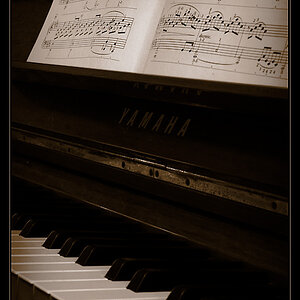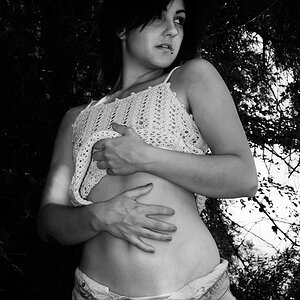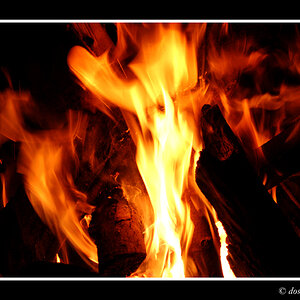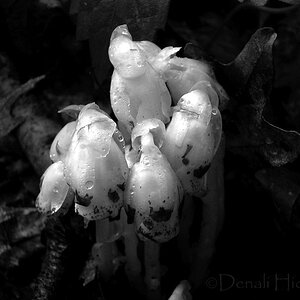andytakeone
TPF Noob!
- Joined
- Jun 10, 2015
- Messages
- 42
- Reaction score
- 6
- Can others edit my Photos
- Photos OK to edit
So flash photography is generally measured by fractions of a flash's full power, ie., 1/2, 1/4, 1/8 power.
But what confuses me is that if you take different flashes, and set them all at full power, each flash is going to output a different amount of light, no?
Which leads me to think that there's no way of knowing how much light a flash will output if you just bought it. Is there a universal measure for flashes? So that you can, say, compare 3 different flashes outputting at 1/1 full power, yet still know how much output you're getting from each.
Thanks,
let me know if that was unclear.
But what confuses me is that if you take different flashes, and set them all at full power, each flash is going to output a different amount of light, no?
Which leads me to think that there's no way of knowing how much light a flash will output if you just bought it. Is there a universal measure for flashes? So that you can, say, compare 3 different flashes outputting at 1/1 full power, yet still know how much output you're getting from each.
Thanks,
let me know if that was unclear.


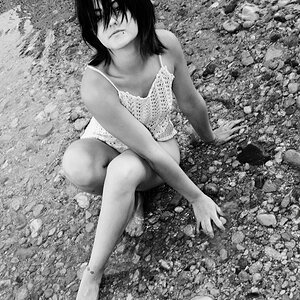


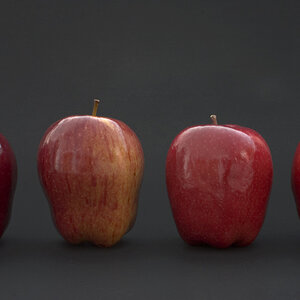
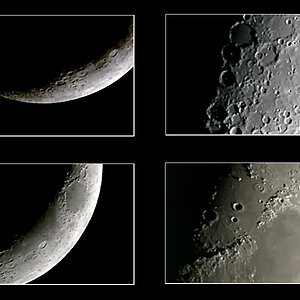
![[No title]](/data/xfmg/thumbnail/36/36675-f6965e1e6c1fa2be4ff0460e9657fe99.jpg?1619737676)
